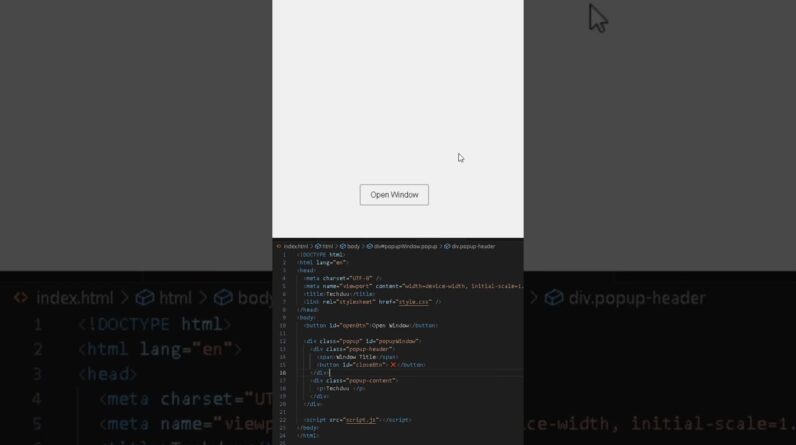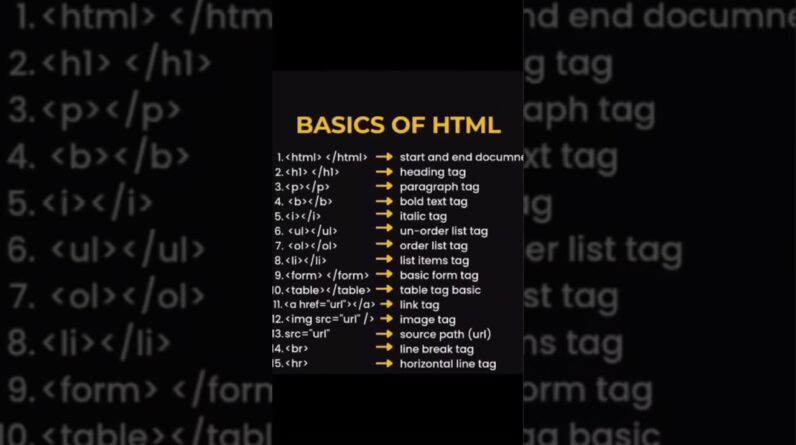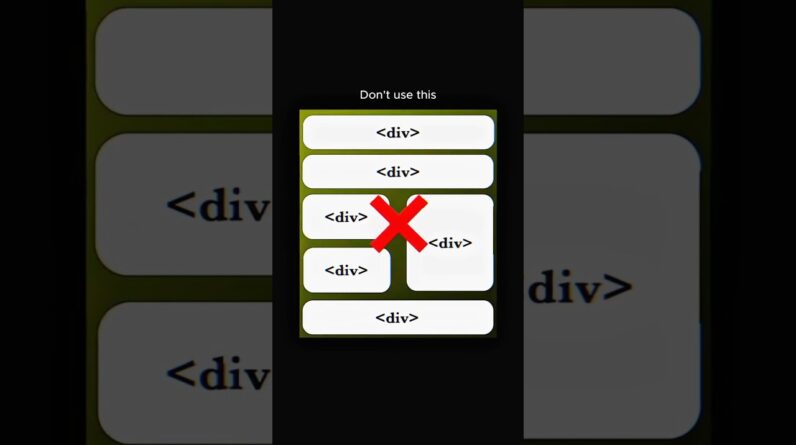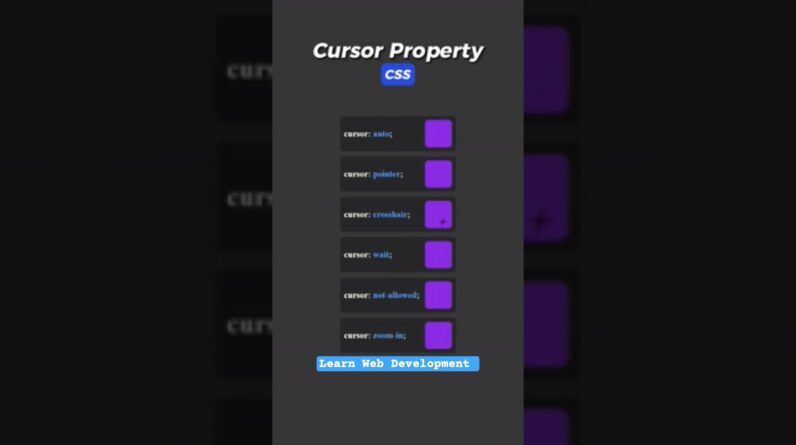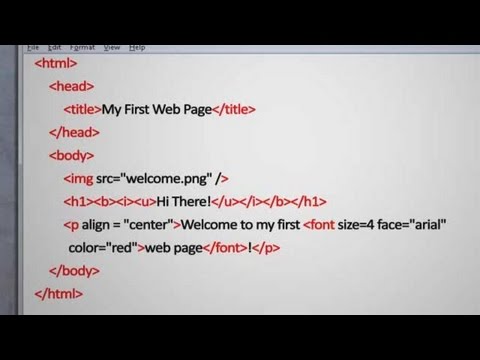
Watch more HTML Tutorials videos: http://www.howcast.com/videos/474912-HTML-Tutorial-What-Is-HTML
Hi, I am Daniel Davis. I am a certified computer expert and tech guru. Along with having one of the top tech channels on youtube, my work has also been featured in textbooks, software guides, and hundreds of popular tech blogs. And today I am going to be talking to you about HTML. Computers use language to communicate just like people do and the way computers communicate with the internet is through a computer language called Hyper Text Markup Language or HTML. Hypertext is the process of linking objects to each other so that when one object is clicked the linking object can be viewed and the Hyper Text Markup Language was created by Tim Berners-Lee in 1990 so that the hyper text could be used through the internet. Making webpages doesn’t make you a programmer. Instead the hyper text markup language contains a series of markup tags that are used to classify and group elements in a webpage. A web browser then reads these markup tags and translates them into what we visibly recognize as a website. Most web browsers allow you to view the HTML code for any webpage. For instance, in Firefox you can hit CTR+U on Windows or command+U on Mac to bring up the webpage source. You’ll probably notice some words surrounded by angled brackets. These are the markup tags. All webpages must consist of certain markup tags before they can be legitimately considered webpages. These are the HTML tag which tells the web browser that its reading an HTML page. The head tag, which contains scripts, the page title, and meta information for search engines and the body tag which contains the visible webpage content. For the most part each tag has a corresponding closing tag so that the web browser knows when to stop reading the tag. Tags can also have attributes that add extra parameters to the element–like styling attributes such as color, alignment and things like that. These are generally denoted by having the attribute name, and equals sign and the the attribute value in quotations marks. There are many options out there for creating websites. Some are free and some are very expensive. Programs such as Dreamweaver allow you to drag and drop what you want where you want it without ever having to see an ounce of code. These editors are called “WYSIWYG” or “what you see is what you get” editors. But to code websites from scratch all you need is a text editor such as notepad for Windows or text edit from Mac and a web browser, and that’s it. So that’s pretty much the basics of what HTML is all about.



